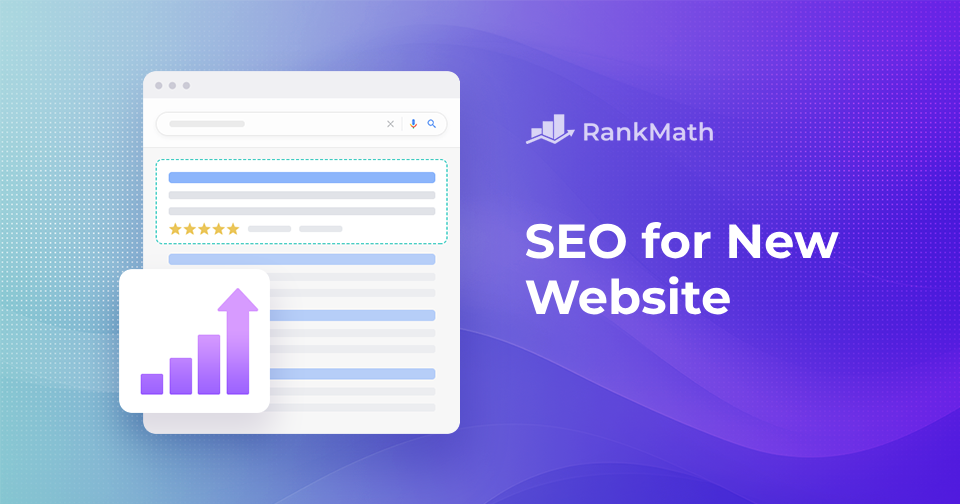
Posted by
Shay Harel
A content gap analysis is a must-do when trying to develop a keyword, content, and SEO strategy. How can you expect to stay competitive without knowing what keywords/topics your competitors are not only targeting but where you lag behind?!
That said, a true content gap analysis does much more than point to the keywords you either need to target or need to better optimize for. There is an endless number of deep insights that emerge from the woodwork when getting into the nitty-gritty of a content gap analysis.
By offering you a concrete understanding of anything and everything from how search engines perceive your site to determining the ranking market share of different site categories within your industry, a content gap analysis can help you cut through the competitive haze.
Here are some advanced (if not out of the box) ways to utilize a content gap analysis!

Taking It to the Next Level: Advanced Content Gap Analysis Methods
There are really so many things you can glean from executing a content gap analysis. Of course, the most common practice is to have a look at what keywords the competition is winning and which keywords are not producing the results you would like. This includes either areas where you don’t rank as well as the competition or looking at keywords (which are really just content topics) where you don’t rank at all!
I’m not discounting utilizing a content gap analysis in this manner. How could I? It’s an essential part of any content marketing and SEO strategy.
What I would like to do, however, is see what sort of ‘under the surface’ insights are possible with a content gap analysis. To do this I’m going to use Rank Ranger’s Search Gap Tool. [The Search Gap Tool allows you to compare the content/keyword proficiency and strategy of multiple domains for both paid and organic results.]
Of course, the five methods I’m about to highlight are just a few of the many ways you could take advantage of a content gap analysis for some seriously deep insights. These are just the five that spoke to me!
Content Gap Analysis Benefit #1 – How Google Sees Your Site (What Is Your Site Used For?)
We typically utilize a content gap analysis as a means to quantitatively evaluate a site relative to the competition. That is, how many keywords does my site win relative to the competition? To the extent that we use such analysis qualitatively, we usually harp on which topic a site is not covering or not covering as well as the competition.
Now here’s a crazy notion for you…. A content gap analysis packs a far more powerful qualitative analysis punch than just indicating which topics to focus on.
What if I told you that a content gap analysis can tell you how users are engaging with your site? What if I said you can use a content gap analysis to see how Google views your site? How Google has perhaps profiled your site and subsequently why you may not be ranking for the keywords you would like to?!
Here are two of the world’s most eminent sports sites and the results our Search Gap Tool produced:
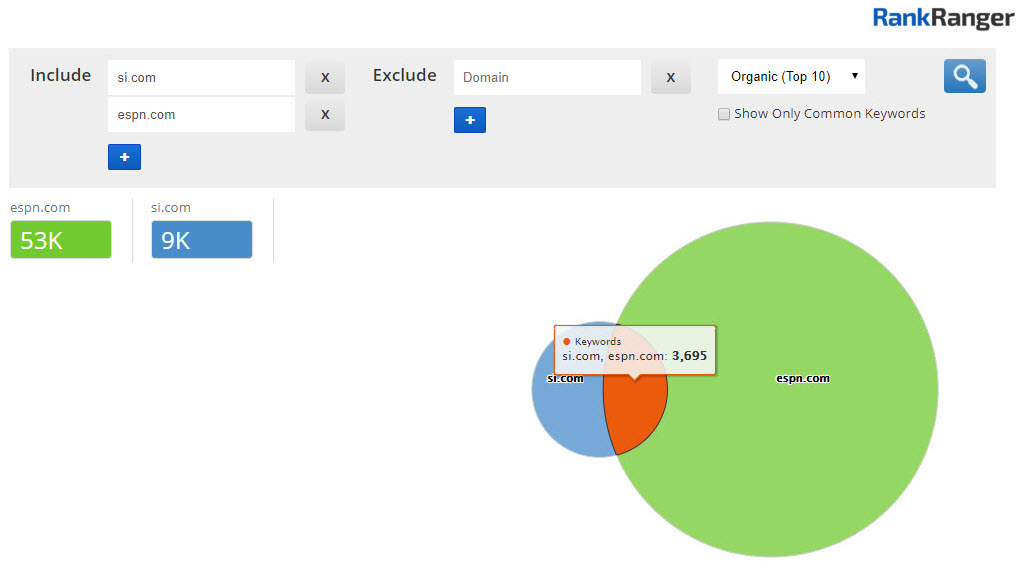
Clearly, ESPN overshadows Sports Illustrated (si.com) with 53K keywords ranking in the top 10 results (versus SI’s 9K keywords). And you could leave it at that and be done with it. It’s obvious that Sports Illustrated may want to analyze all of the topics/keywords they don’t even rank for. However, I might look at what content they do rank for alongside ESPN.
As chance would have it, when I did look at the keywords si.com ranks for I noticed that one of the most consistent topics where Sports Illustrated is on the SERP for the same keywords as ESPN is that of sports scores.
Here, have a look as I filtered the Search Gap Tool’s keywords to include only those that contained the word scores:
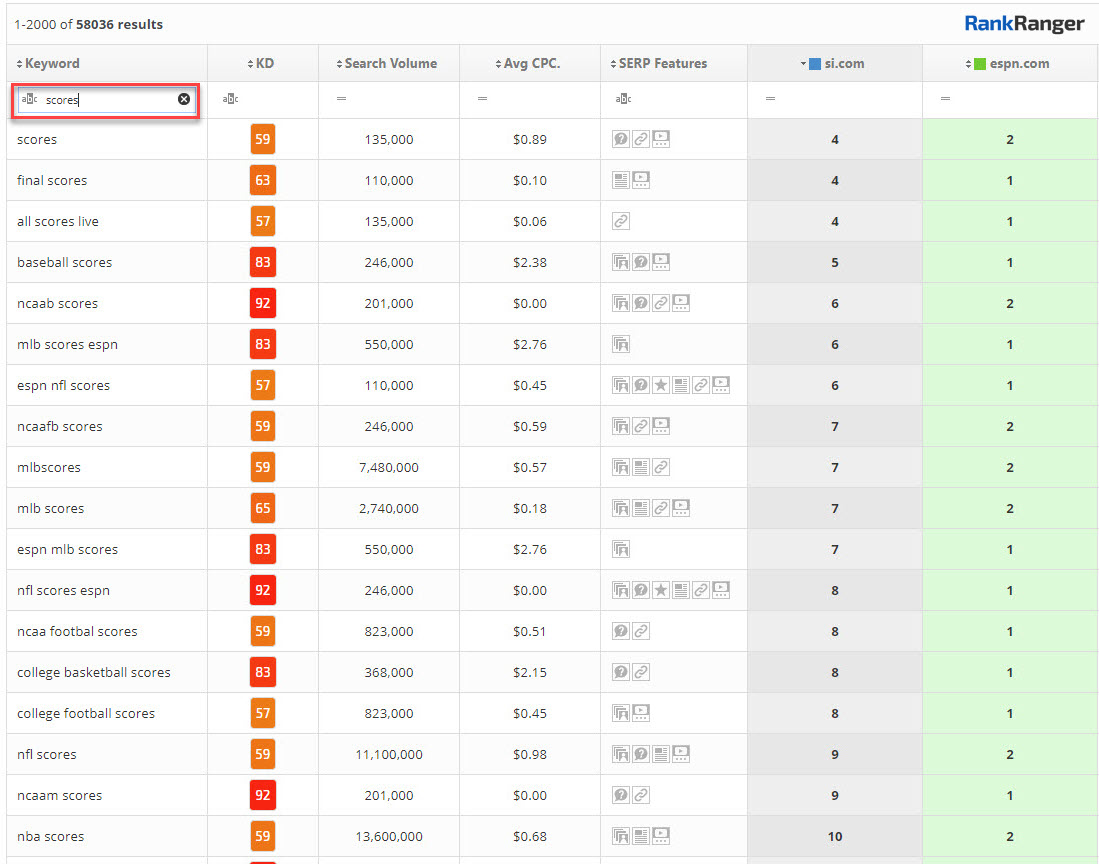
You might see this and walk away with the sense that Sports Illustrated needs to pick up its ranking game for score keywords. That is true. However, I would argue that the fact that the site ranks for this type of keyword and not other keywords types is the real problem.
Think about it. You want to know the score of a game so you head over to si.com and you find the score… now what? You’re done! You have the information you want and you’re done. Obviously, a user could be captivated by another article shown on the site and so forth. However, at the end of the day, it may be considered a surface-like keyword that produces a surface-like user.
But is that a problem?
Sure it is.
SI.com does not even rank for the bulk of the keywords its main competitor does. More than that, when it does rank, it is for queries that relate to surface level information that does not result in deep user engagement.
Let me translate that. It would seem that the site is viewed by Google as a place to receive basic surface-like information. It is not being profiled as an authority on all things sports. It is not being related to as a site that offers deeply engaging content. For those keywords, ESPN clearly wins out.
If this were your site, is this the impression you would want to give Google users? Would you want Google searchers to only see your site for basic queries?
Of course, not.
Thus, one of the biggest issues I see with this site is not only what it doesn’t rank for, but what it does rank for because what it does rank for speaks to its perception in the eyes of Google and subsequently in the eyes of the Google user.
Content Gap Analysis Benefit #2 – Finding Your Ranking Potential (What to Focus on Next)
Let’s keep with the same example as in the section above, because a content gap analysis not only tells you where your brand profile is lacking but also where it has some serious potential.
Not much in life is zero-sum and while si.com showed some signs of having a site profile that doesn’t bode too well, there are some signs of life. While the site does not fare well for richer queries like those that relate to sports entities the site does do well with sports ******** queries.
Here’s a look at the keywords that contain the word “vegas” (but don’t relate to a Las Vegas sports team):

Now here are the queries that include the term “****”:
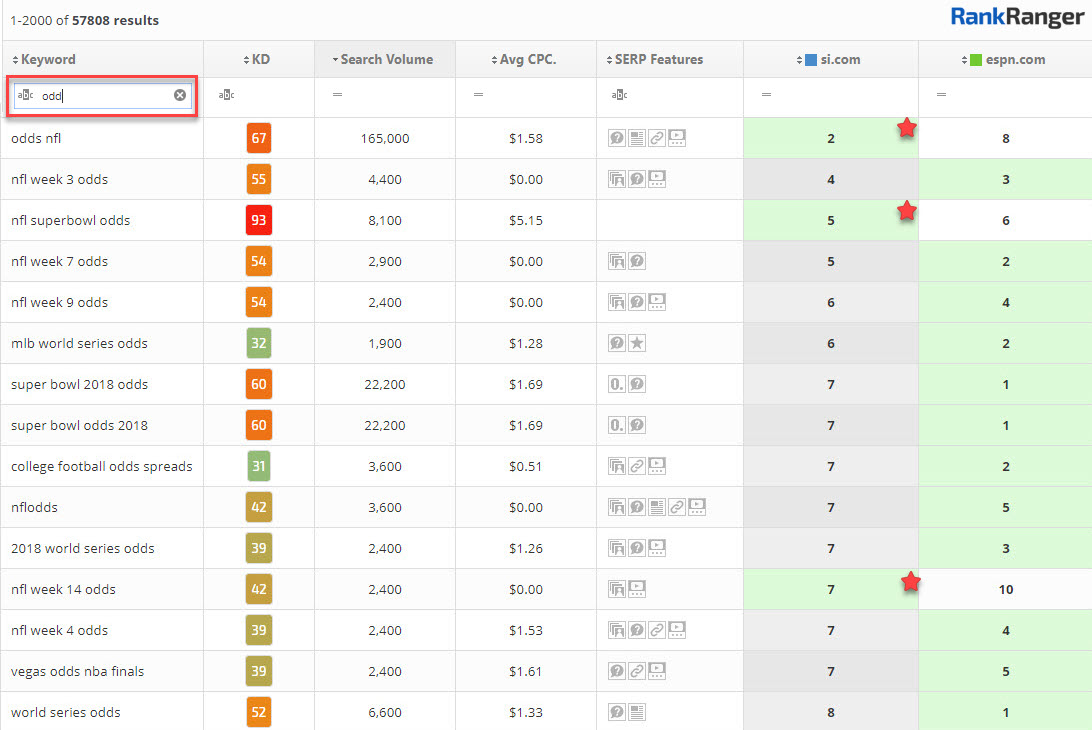
Not bad.
In a few instances, Sports Illustrated outranks ESPN and it’s pretty close in a few more cases.
In short, the Search Gap Tool presents si.com with a topic that has some genuine potential. All things being equal, the site may want to both tidy up the content it already has on sports ******** and double down on the topic (no pun intended). While the site may not rank well for sports team queries, it could build up its profile around sports ********. As the analysis here shows, the site is in a good position to perhaps dominate the rankings for the topic.
Content Gap Analysis Benefit #3 – Which of Your SEO Strategies Is Actually Working
A solid content gap analysis not only tells you what topics are working for you (and which are not) but can also inform you as to which of your overall SEO strategies are proving to be more effective than others.
Take the US-based hardware store Lowe’s. Its overall keyword dominance is severely hampered by industry giant Home Depot who ranks at the top of the SERP for roughly double the number of keywords that Lowe’s does.
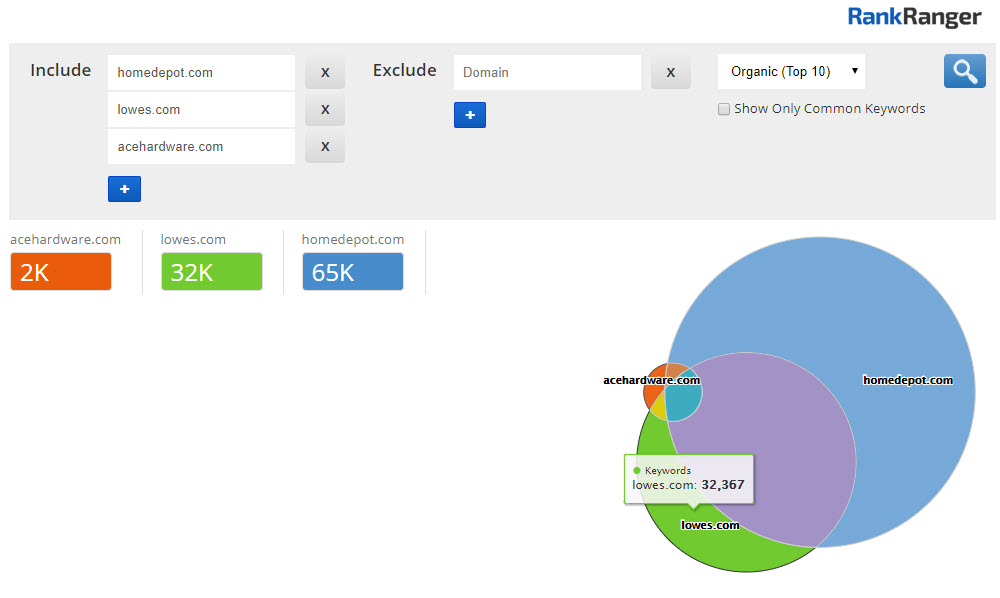
Not all is lost as Lowe’s does outrank Home Depot for many home repair keywords. That said, Home Depot still wins out in that category and ranks for a slew of home repair keywords that Lowe’s, nor Ace Hardware, do not appear on page one for at all:
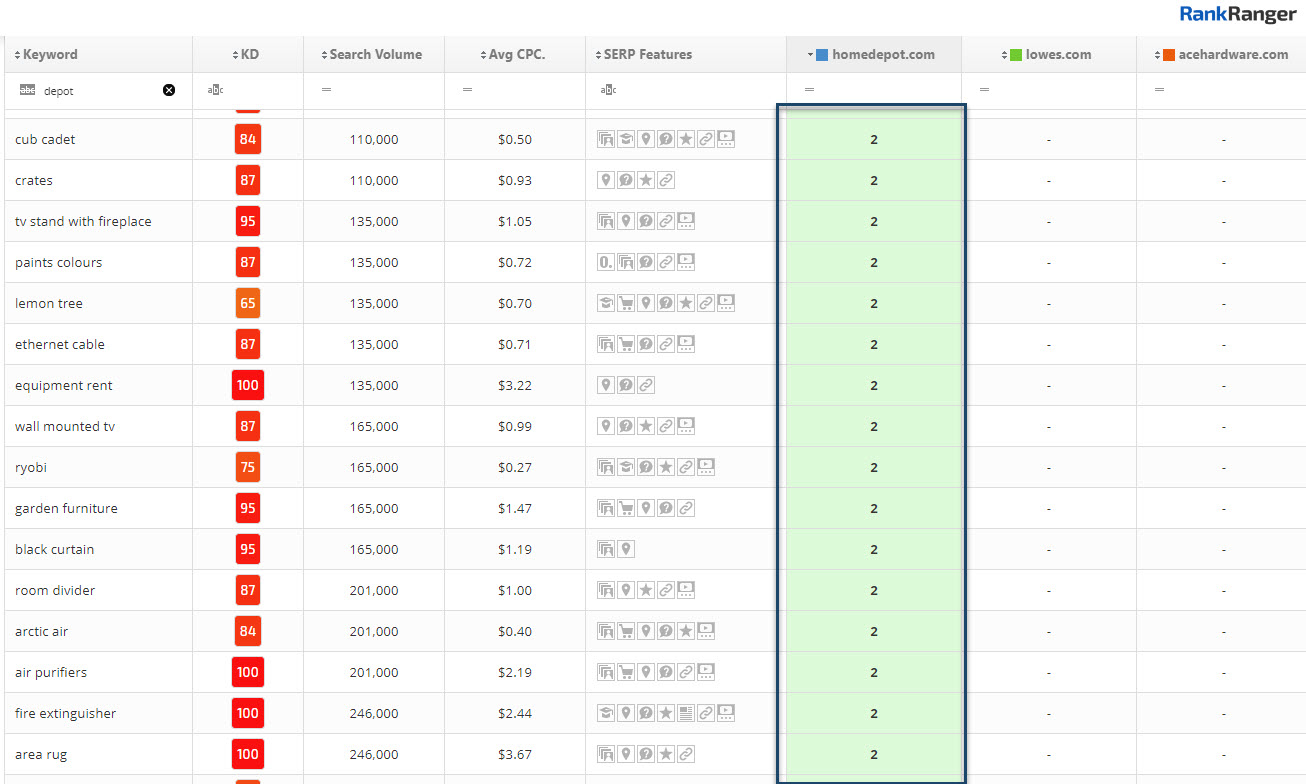
In fact, it’s hard to find a keyword where Lowe’s ranks but Home Depot does not until we get to keywords with the phrase “near me” in it. Here, while there are many instances where Lowe’s doesn’t rank at all, we break from the pattern a bit. For ‘near me’ keywords there are just a few instances where Lowe’s ranks but Home Depot does not (obviously, I’m discounting keywords like Lowe’s near me or home depot near me).
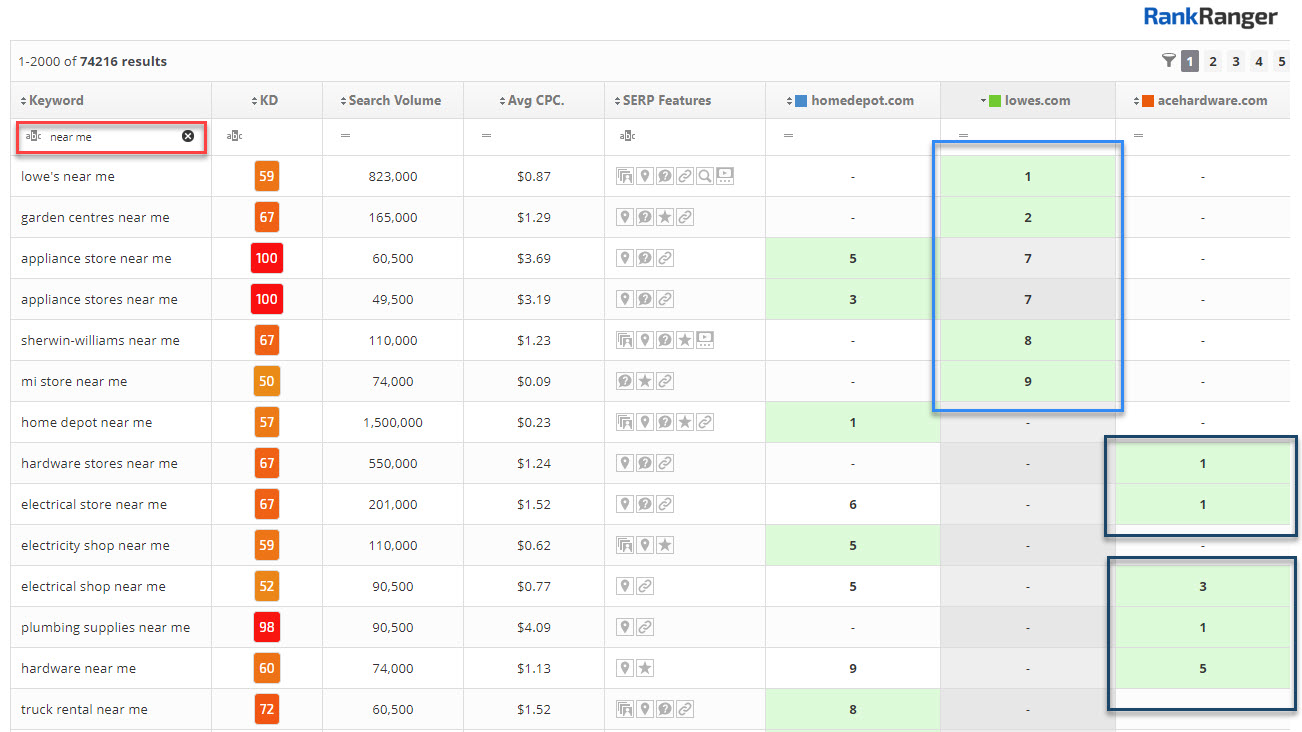
That is, for some reason, whether it be better local optimization or purely as a result of Google’s preferences, something is working at the local level for Lowe’s that is not working in many other areas. In other words, when it comes to “local,” Lowe’s seems to have a bit more success relative to other keyword categories.
This pattern is further evidenced by the third site I looked at, acehardware.com. While Ace had but 2K keywords rank among the top 10 on the SERP (as opposed to Lowe’s which ranks for 32K keywords), the site still fared well with near me searches further indicating a lack of Home Depot’s dominance for this vertical.
There is a kernel of potential here. When sifting through the thousands of keywords these sites rank for this keyword category (i.e., near me searches), despite it being few in number, stood out. For the Lowe’s site, a strong local campaign and local focus may prove fruitful. Think about it like a page that ranks on page two or page three but sees the light of day (i.e., page one of the SERP) every once in a while… there’s potential there. With some optimization and whatnot, you might get that page to stick to the top search results. The same thing here. There is room within the world of local for Lowe’s and with some work, the site could see some seriously positive results.
Keep in mind, what I’m referring to here is not so much what topics one business handles better than another. Lowe’s tends to do better for home repair “concepts” as opposed to home repair products. For example, when I filter the keyword set here to show those phrases that contain the word “idea” Lowe’s tends to rank better than Home Depot (see below). Certainly, a content gap analysis can tell you what topics you’re winning for relative to the competition.

What I’m referring to here goes a bit beyond that and looks at which technique, which tactic, and which strategy has more potential for you.
Content Gap Analysis Benefit #4 – Survey Search Market Share
Perhaps one of the most creative ways to utilize a content gap analysis is to perform a bit of market research. Different types of sites within any one industry may be more predisposed to ranking well than others. Whether it be due to how Google views such sites, how these sites operate, or simply due to user perception, different types of sites within any one industry may perform better than others. Knowing this can be an important part of either undertaking new endeavors (and the feasibility of doing so), knowing where opportunities exist, whether there is user bias towards a given site type, and so forth.
One of the clearest examples I could conjure up relates to news sites. If we were to compare the local TV news stations in NY to each other then a site like abc7ny.com may think of itself as being in a dominant position compared to a similar site.
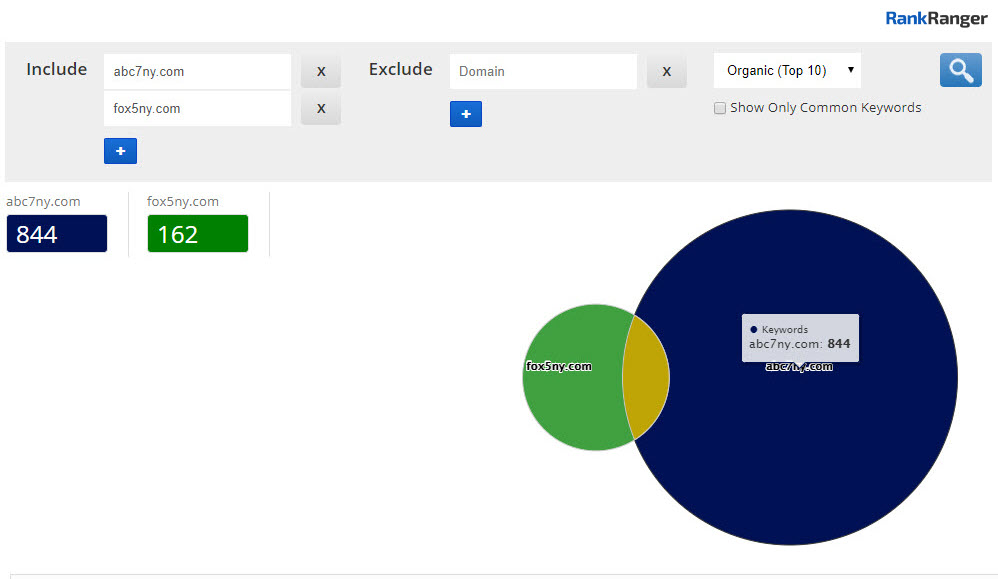
However, looking at the market the site finds itself in, and not at specific site types, seemingly opens up a bit of a Pandora’s box. True search market analysis would have to consider all of the site types related to local news reporting, thereby throwing newspaper outlets into the fray. When doing so, it more than seems that newspapers gobble up a significantly larger portion of “keyword market share” than sites for local news TV stations. Both the NY Post and NY Daily News clearly dominate the local news market for NY on the SERP relative to the TV stations:
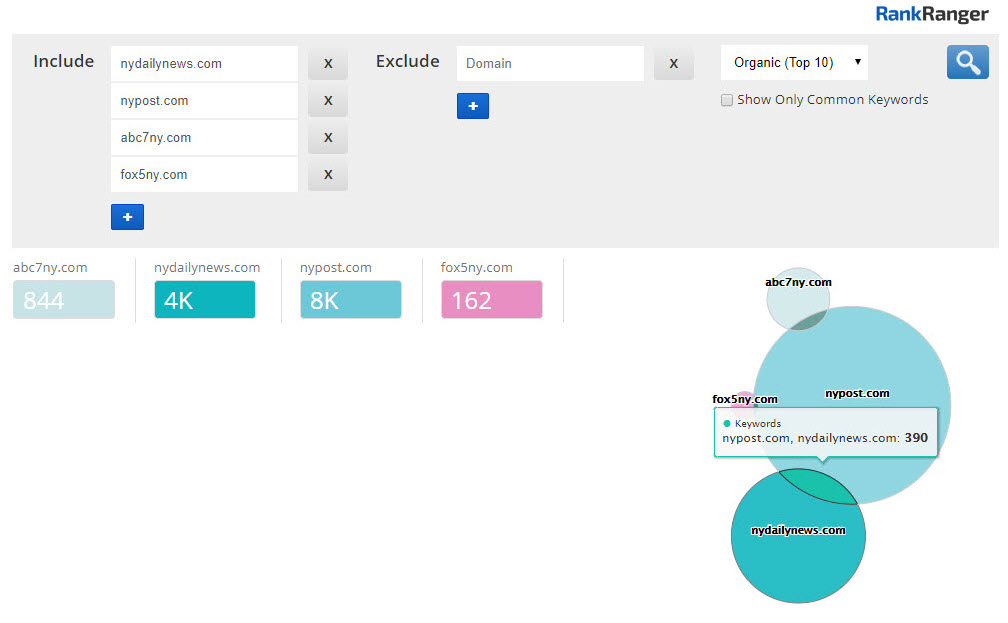
For a local TV news site, this is some powerful information that demands to be looked into. Such a site’s content marketing program, from a search perspective, clearly has an uphill battle. Before expending any further money and energy into its content, it would be prudent to execute a content audit in order to see what the cause of the rankings and keyword gap is.
Clearly, there is a serious issue here. It’s not as if the local TV news sites are not creating content and trying to rank. For example, abc7ny.com ranks for just 844 keywords in the top 10 organic results… but 21K when looking at the top 100:
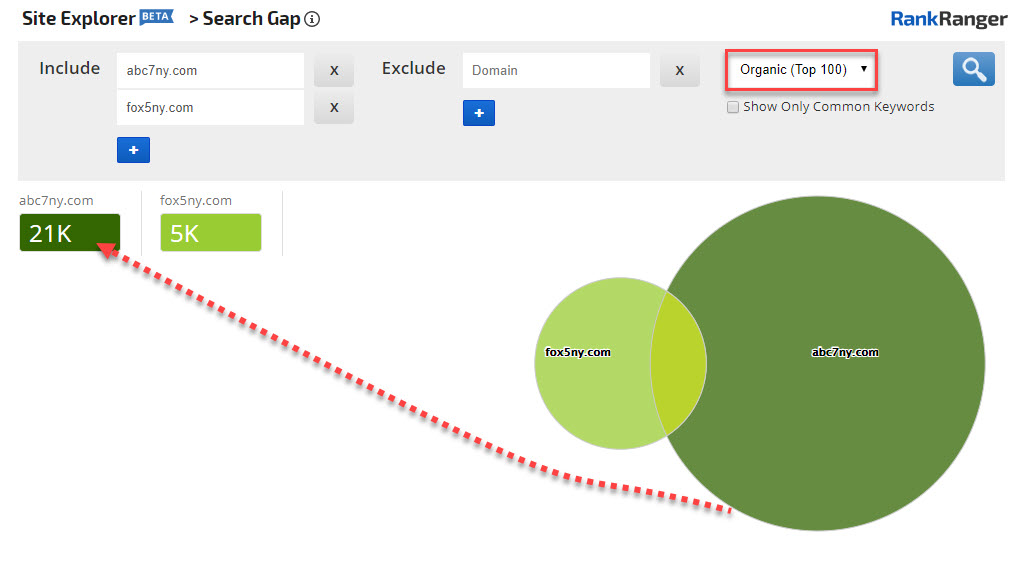
Such a site, when seeing this data, may want to overhaul its entire approach to how it goes about content, what it tries to rank for, and/or how it goes about doing so.
Really there are endless ways to use this market research data. The point is that a content gap analysis allows for a unique look at market performance.
Content Gap Analysis Benefit #5 – Preventing Keyword and Brand Cannibalization
Large corporations running multiple enterprise websites for an array of multinational brands may not realize when their efforts are overlapping. When that happens, two sites that are part of the same conglomerate may become SERP competitors. That may not be the best thing when you actually prefer users head to one site over the other for a given keyword. Think of it like brand cannibalization (an offshoot of the infamous keyword cannibalization).
Disney is the perfect example. The entertainment mogul owns everything from Marvel to Star Wars to ESPN to ABC News. There is a lot of room for overlap. Does Disney really want a user looking to find out the latest sports news to head over to disney.com? Not likely. And that’s why disney.com and espn.com share very, very, very few keywords:
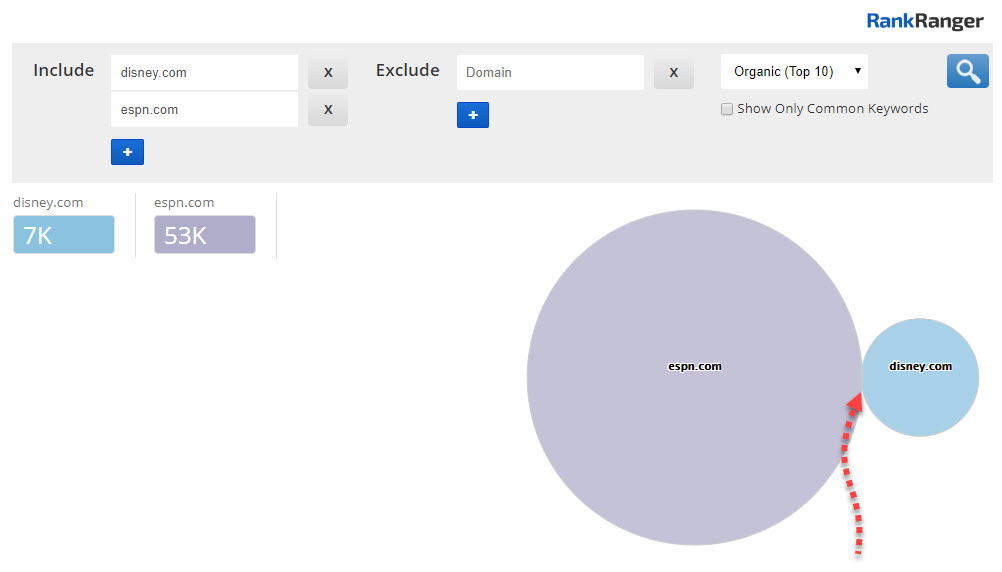
This separation of brand properties becomes a bit more complex and murky when looking at some of Disney’s other properties such as marvel.com and starwars.com. Disney’s theme parks contain rides related to both Marvel and Star Wars and as a result, may very well want to rank for certain keywords related to each franchise. As would be expected, there is a bit more overlap when comparing these sites to disney.com relative to what we just saw for ESPN.
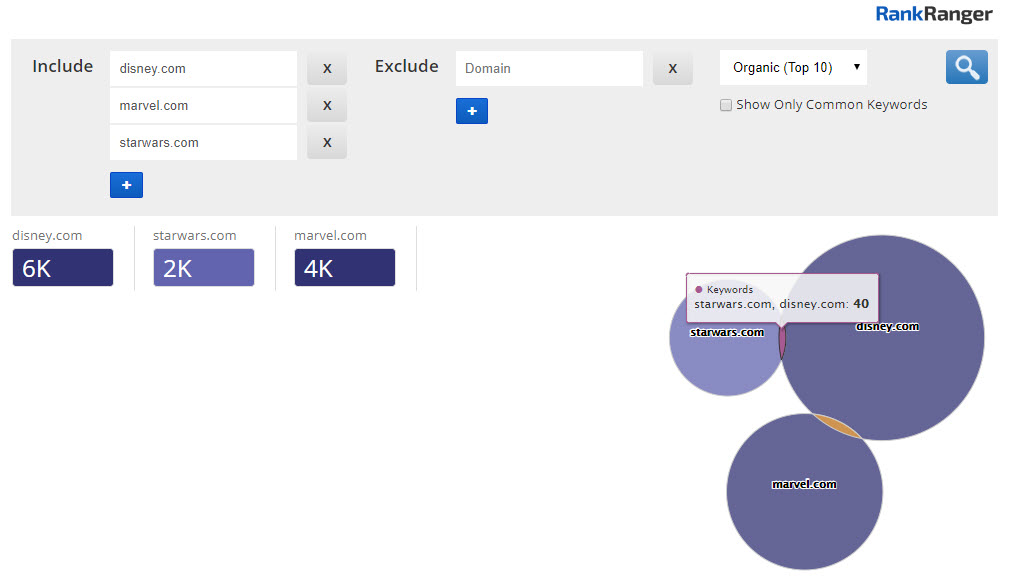
The fact that some keywords may be applicable to multiple sites within a brand’s franchise isn’t inherently a problem. However, what becomes of the situation if the brand should consider certain keywords more applicable to but one of its sites? Would Disney want a user looking for captain marvel movie or black panther movie to bypass the Marvel website? I would imagine not. However, for these two keywords, Disney’s main site ranks just below the Marvel website.

Now, I could be wrong. Disney may not care. That’s not my point. My point is that it’s important to know if this is happening. In any given instance you may or may not care to have any brand/content overlap. But as is obvious, you can’t decide to care or not care if you aren’t aware of what is occurring.
Going Beyond Just Minding the Gap

Much of your content gap analysis is going to focus on which keywords you’re winning/not winning, which topics should you consider targeting, and so forth. That said, there is good reason to get a little creative with the process on a regular basis. What I’ve outlined here are just a few ways to go beyond the traditional ways of thinking about a content gap analysis. In truth, the advanced insights you can glean depend on the context of your site, of what you’re trying to achieve, and even of the overall market you find yourself in.
It all depends on how you see a content gap analysis. Is it a qualitative tool to find out what content to focus on or is it a way to get under the hood and delve into strategy and wider performance? The choice is yours!


